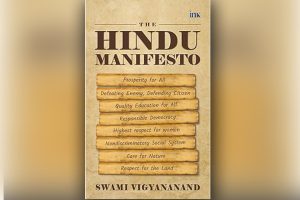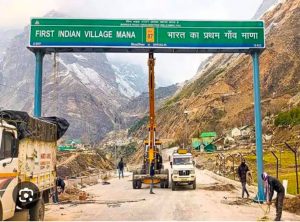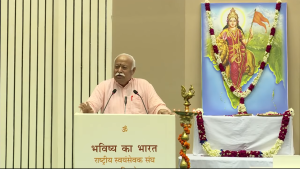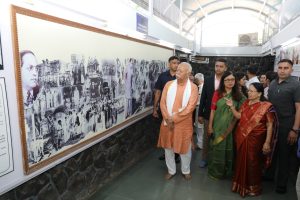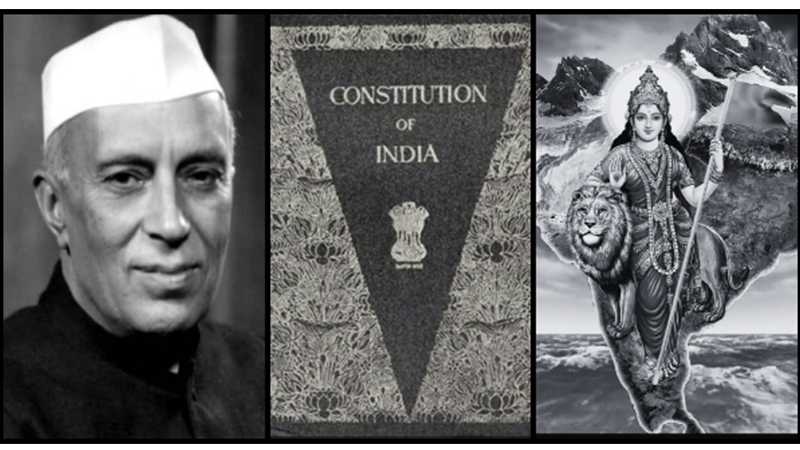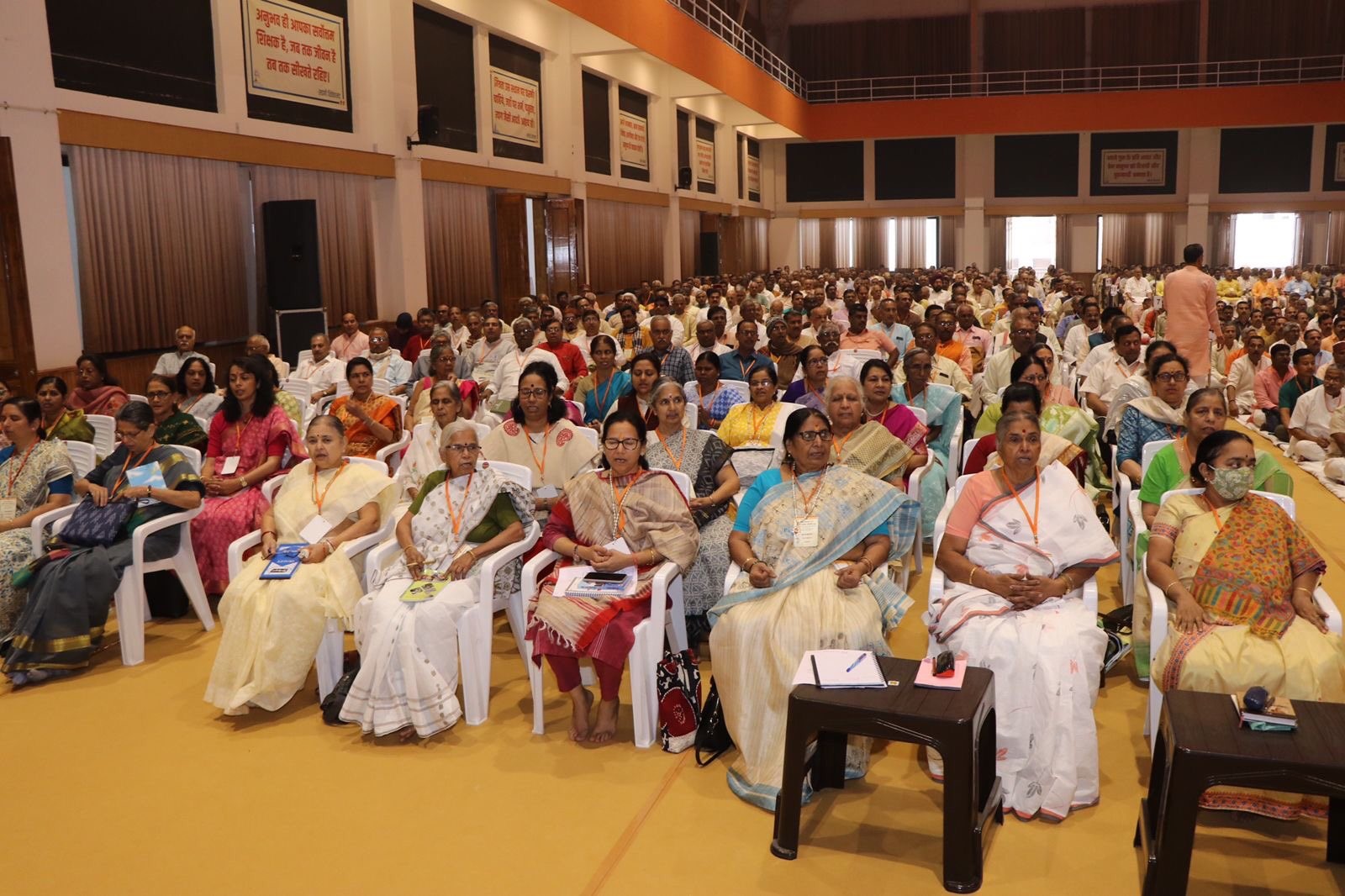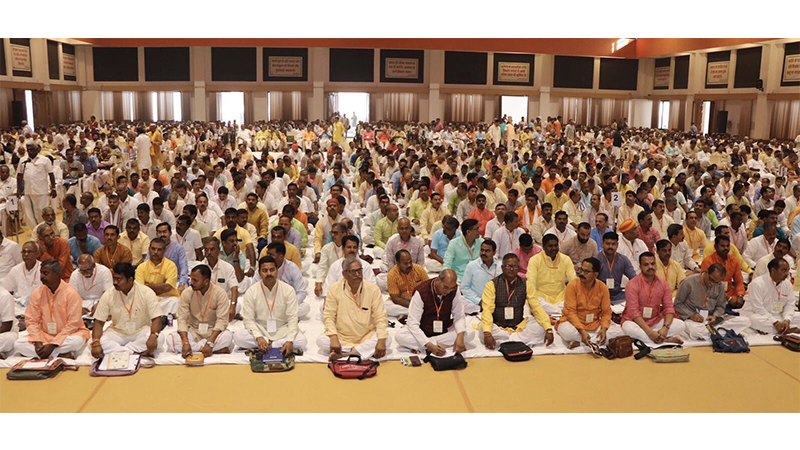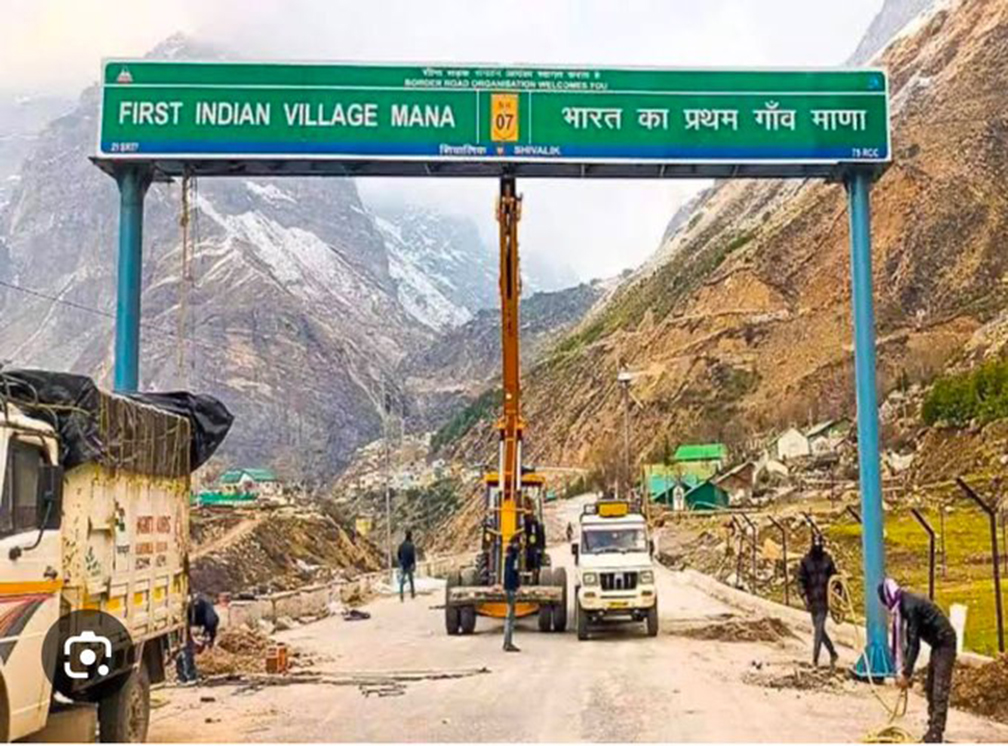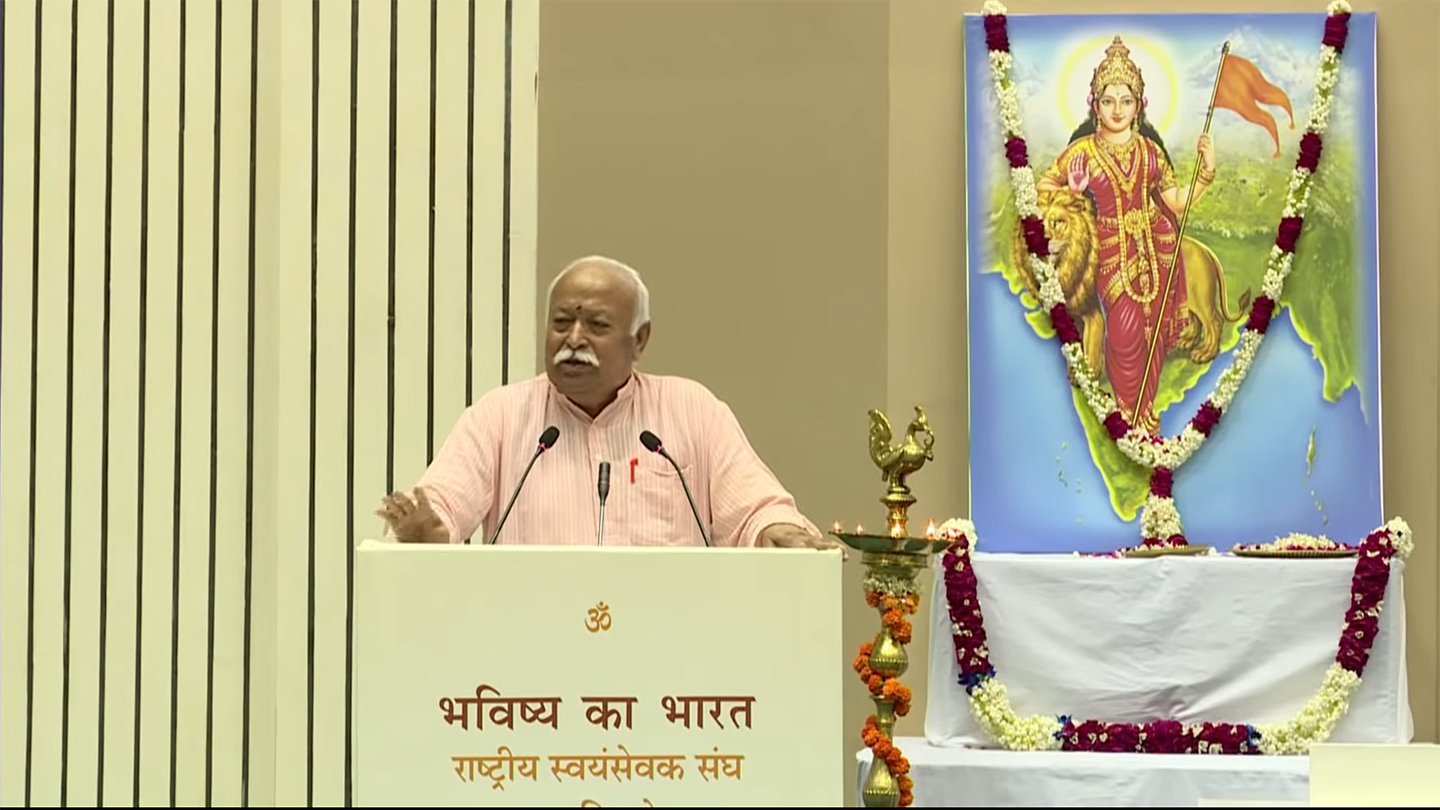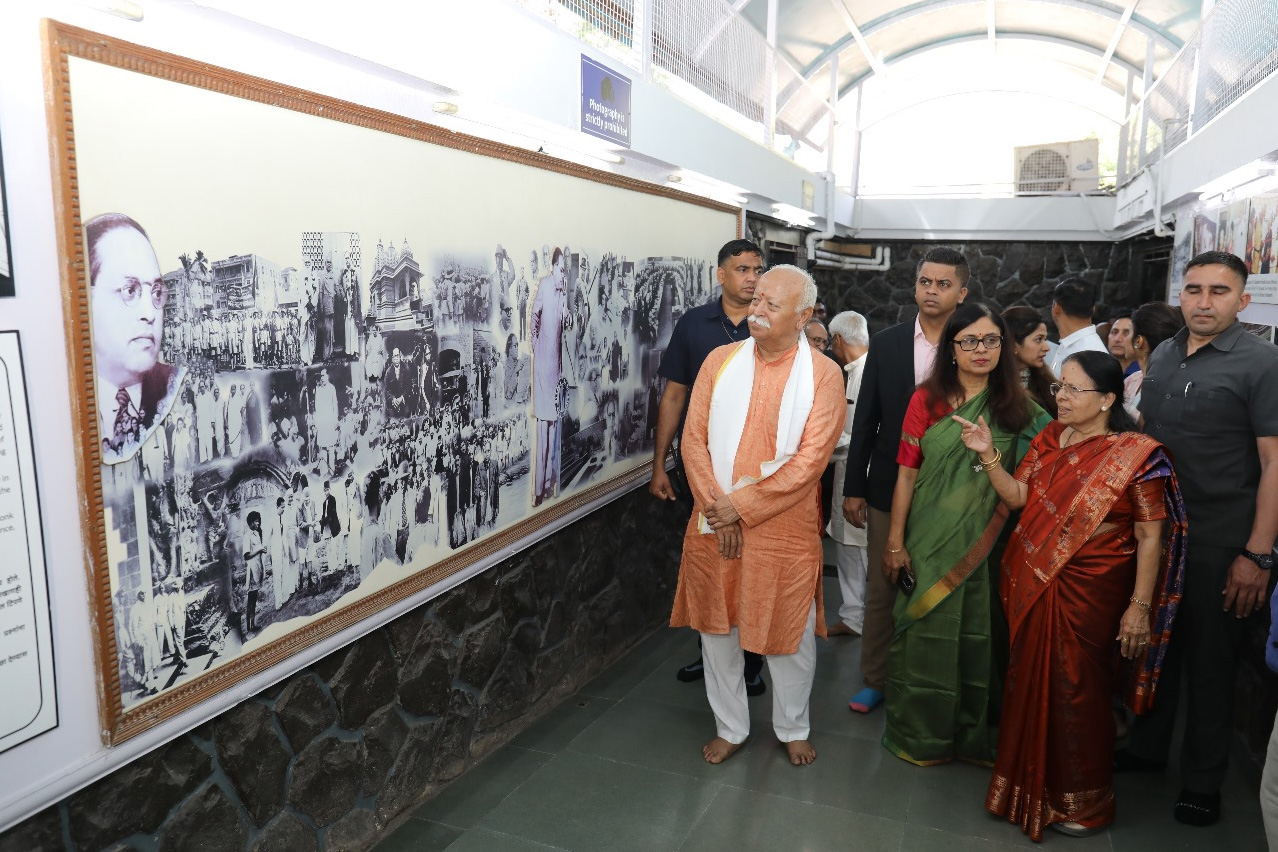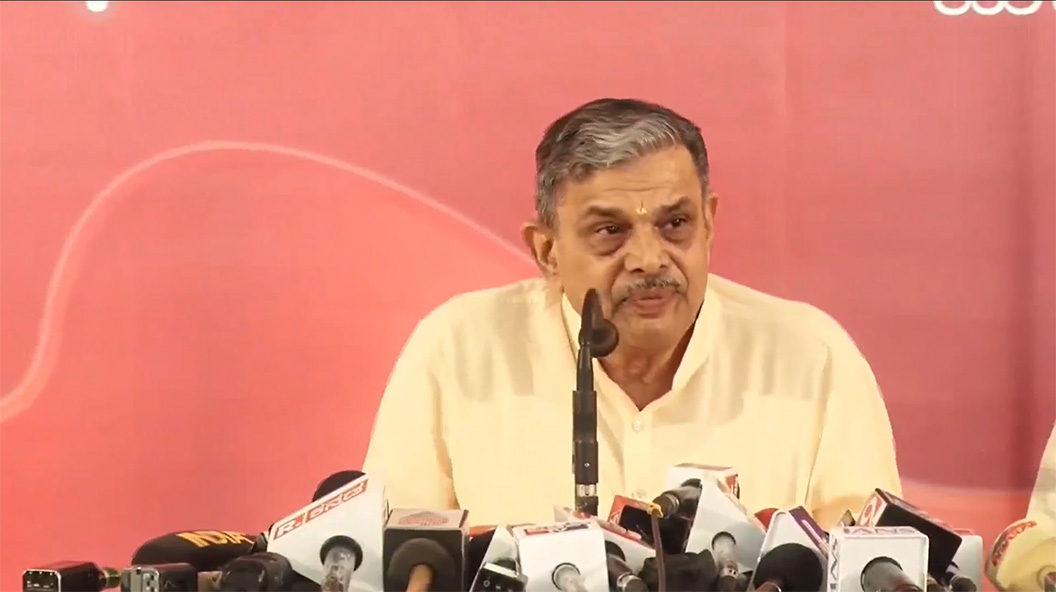The Hindu Manifesto: Challenging global Hinduphobic narratives (Book Review)
Updated: May 5, 2025 2:05
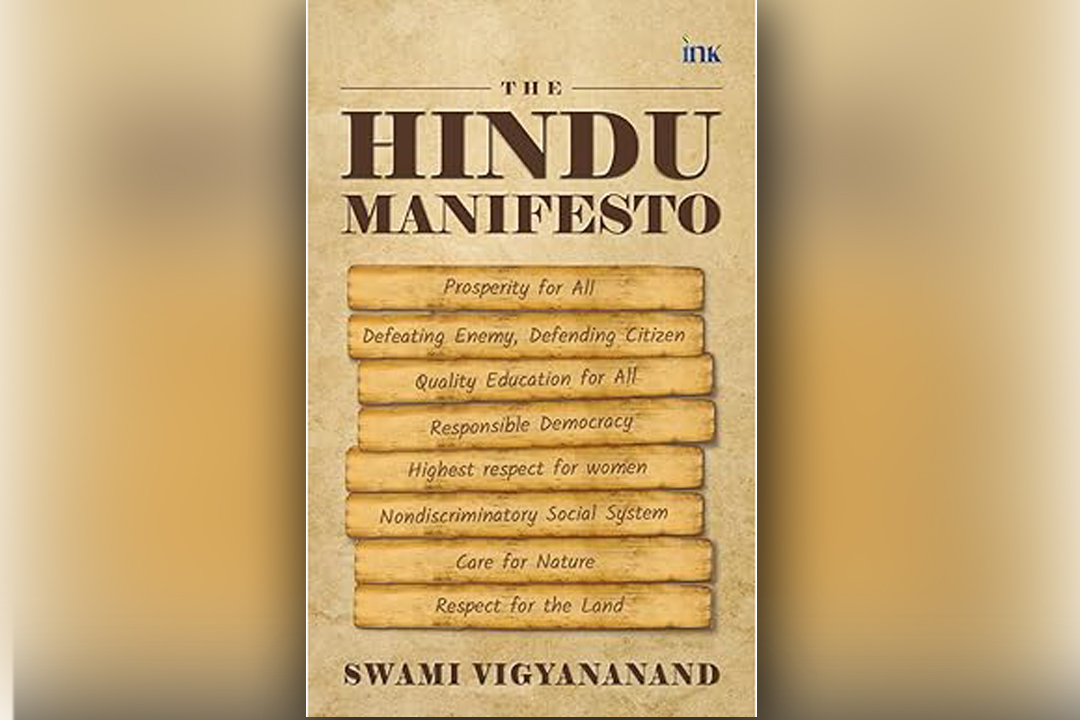
Rashtriya Swayamsevak Sangh’s Sarsanghchalak Mohan Bhagwat released an important book on 26 April that could spark a fresh round of public discourse on ‘Hindutva’, Hinduness, and Hindu nationalism.
The book, titled The Hindu Manifesto, is significant as it has been authored by Swami Vigyananand, the Joint General Secretary of the Vishwa Hindu Parishad (VHP)—an RSS-inspired organisation known for spearheading the Ram Janmabhoomi movement, with a vast overseas reach, particularly among the Hindu diaspora.
An IIT graduate turned monk, Swami Vigyananand is a leading global voice in Hindu studies and the key driving force behind international events such as the World Hindu Conference (WHC). That is why The Hindu Manifesto deserves attention—both for its content and for its potential to address societal fault lines often highlighted by critics of Hindu society.
Eight Pillars
The ‘Hindu Manifesto’ has eight pillars that would form the foundation of Hindu renaissance. These eight pillars have been drawn from the ancient Bharatiya scriptures and they are: Dharmasaymulamarthah (Prosperity for all); Satrunjayapraja raksa(Defeating enemy and defending citizens); Nasti vidyasamamChakshuh (Quality education for all); Avishramoyamloktantradhikarah (Responsible democracy); Agrietiyuvatiraharayana (Highest respect for women); Ekvarnastada loko (Non-Discriminatory Social system ); Sarvam Shantih (Care for nature); and Mata Bhumih (Respect for the Land).
The first four pillars aim to build a strong and resilient nation, while the latter four sustain and nurture its cultural values.
Together, these eight pillars form a unified paradigm suggesting that a nation’s strength lies in two essential aspects: a solid foundational framework that ensures stability and progress, and a civilisational framework that nurtures values, identity, and sustainability.
Caste, Social Systems and Non-Discrimination
The Hindu Manifesto addresses the divisive issue of caste within Hindu society and offers insight into the evolution of the RSS worldview regarding a non-discriminatory social structure.
It presents a thought-provoking observation: “Most Hindu Gods and Goddesses are not depicted with fair skin—prominent examples include Bhagwan Rama, Krishna, and Kali. Traditionally, Hindu deities were crafted from black granite, black hard stone, or other materials such as sandstone.”
The manifesto emphasises that, in Hindu Dharma and society, neither the scriptures nor our ancestors discriminated based on varna, jāti, jātiya, jñāti, skin colour, race, gender, language, or region. Human dignity and mutual respect were central to societal interactions.
The book calls for a fresh look at public discourse on caste, questioning long-standing assumptions. For example, it clarifies that the term varna is not birth-based. The term jāti—often mistranslated today as “caste”—actually refers to shared characteristics such as profession, work, and experience. It is not a hereditary concept but rather one based on essential commonalities.
Similarly, jātiya, commonly used to denote caste-based groups, is rooted in a sense of brotherhood in the scriptures. In languages such as Sanskrit and Bengali, it has been used to denote national and fraternal identity, not caste.
The word jñāti, too, is misunderstood. Its actual meaning relates to ‘the source of cognition’, and in practical terms, it denotes lineage or family line.
The colonial interpretation of India’s social structure conflated these terms—varna, jāti, jātiya, and jñāti—using them interchangeably, which created deep societal fault lines.
The enduring confusion around the caste system persists in contemporary scholarship. Influential Marxist and Western sociologists, anthropologists, historians, and political scientists have wrongfully framed caste as the “master key” to understanding India. In truth, the caste system does not reflect Bharat’s indigenous culture and societal organisation—it reflects a Western interpretation of Bharat’s experience.
It is also important to note that contemporary debates on social justice are increasingly shaped by Christian conceptions of social justice, derived from Catholic social doctrine and its secularisation, rather than the deliberations of the Indian Constituent Assembly.
A glaring example of Western misinterpretation was the debate surrounding the inclusion of caste as a protected characteristic in the UK’s Equality Act 2010. These debates were poorly informed, lacked empirical evidence, and yet the legislation was passed. Similar attempts are being made in the United States.
Such legislation and the discourse around it reinforce colonial and Marxist stereotypes, painting caste as an inherently immoral system, and portraying “upper castes” as the exclusive perpetrators of discrimination against “lower castes”.
The Hindu Manifesto challenges these simplistic and often Hinduphobic narratives, urging a deeper, more culturally rooted understanding of India’s social structures.
